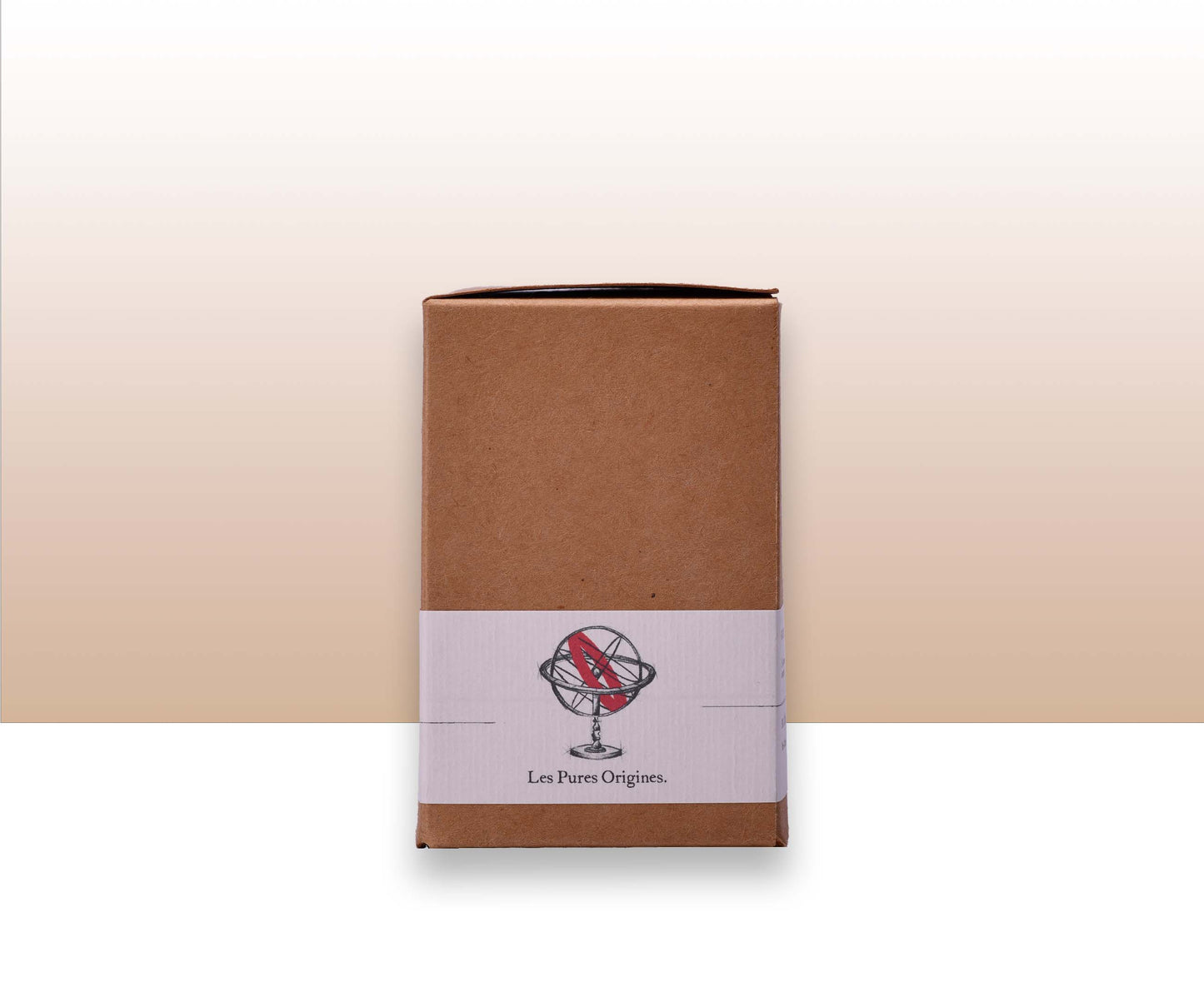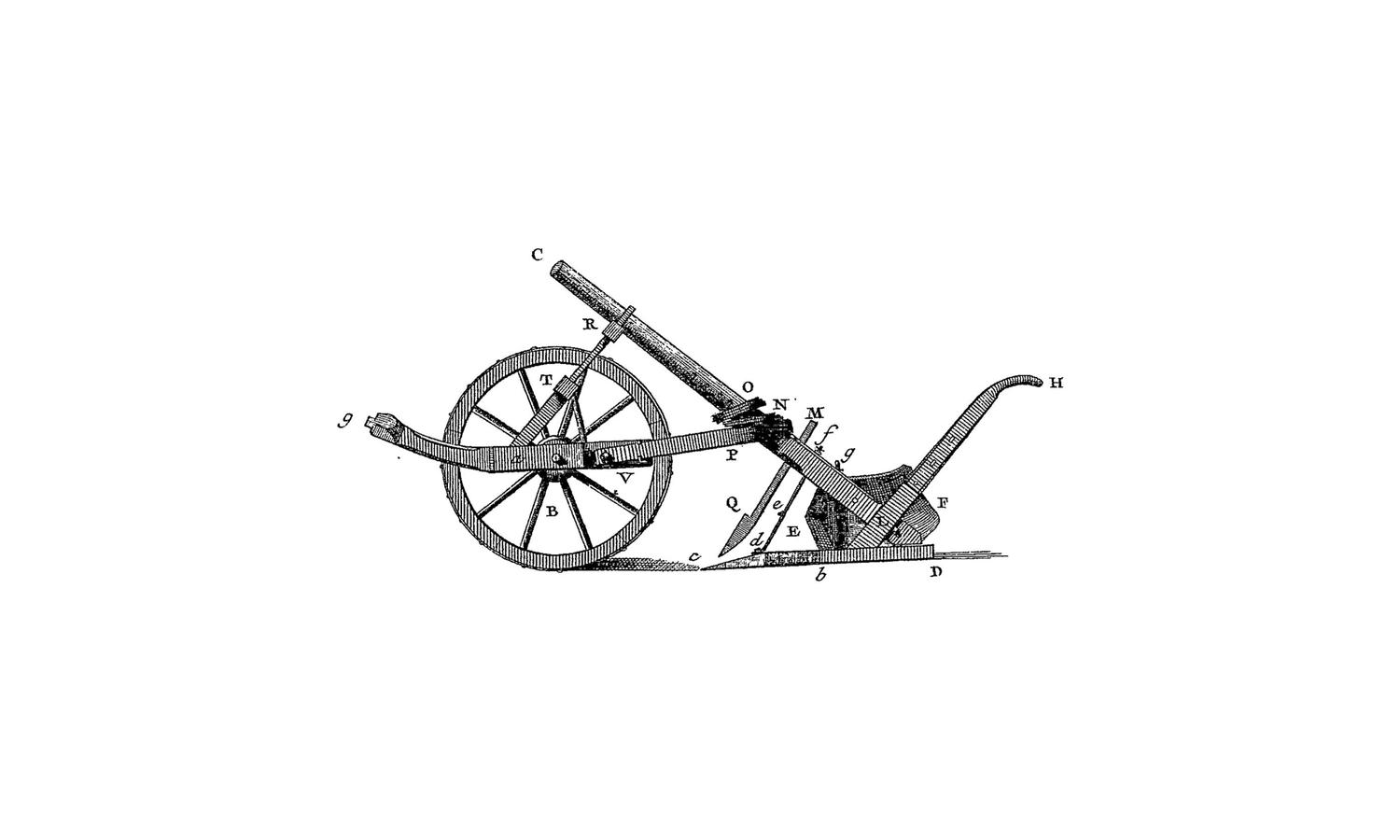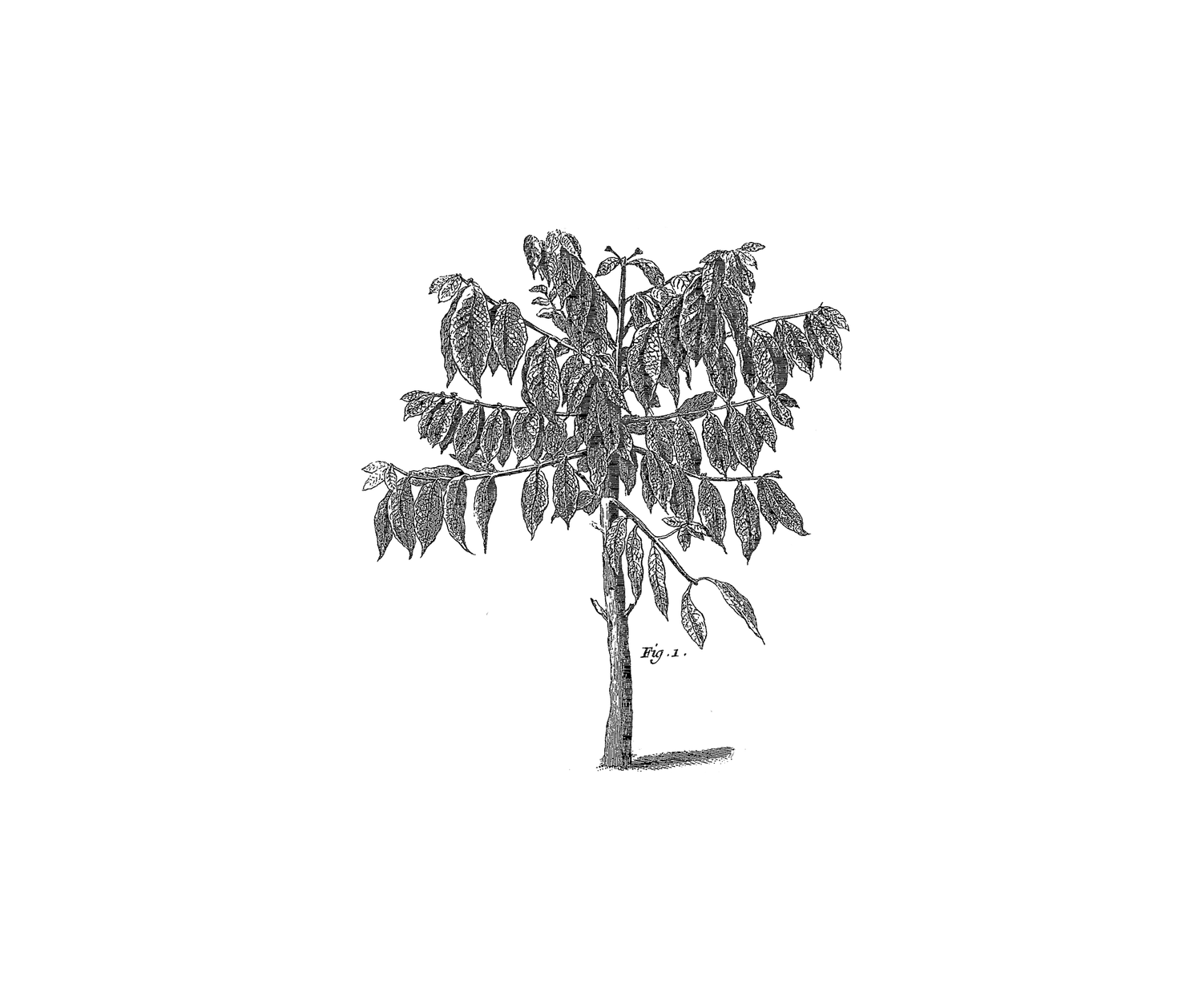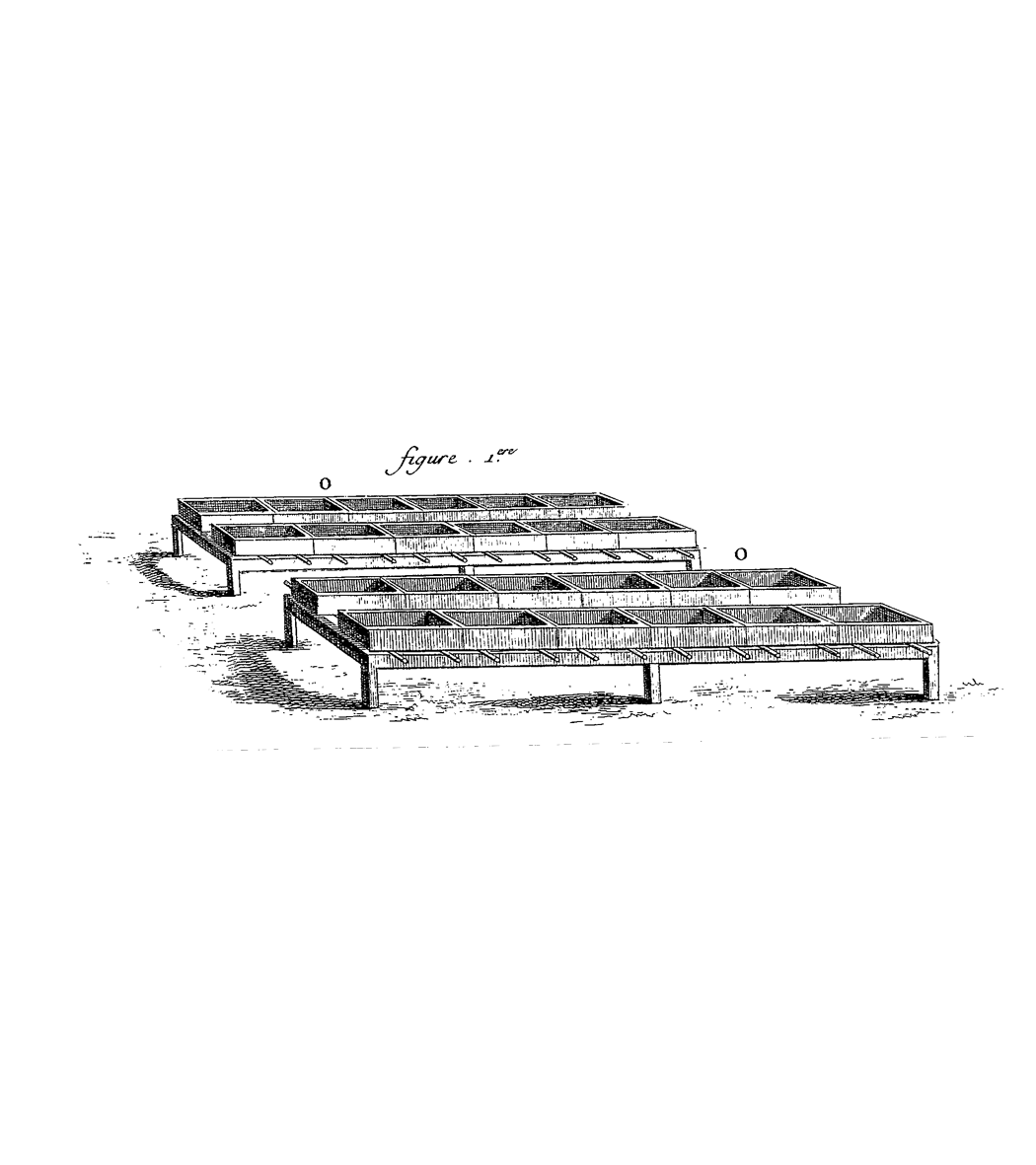


Nm - Terroir
This coffee was born from the collaboration of three players in the coffee industry:
- The Cocatrel Cooperative, founded in 1961 in Três Pontas (Sul de Minas) and which today represents the second largest cooperative in Brazil.
- The Rancho Grande farm , which began production in 1933, and today produces superb coffees on high-quality soils.
- Falcon Coffees , an importer of specialty coffees, with whom we work closely.
Thanks to the richness of the Três Pontas terroir, the use of new tools to control fermentations (e.g. static drying boxes) and the promotion of these coffees by Falcon, we are proud to be able to offer you this Brazilian coffee, with a complex and fruity profile, enhanced by a slow fermentation of the cherries.

Nm - Producer
Fazenda Rancho Grande: Today run by José Carlos Reis and his son Flávio (Fafa), the farm's primary mission is to responsibly produce coffees of the highest quality while using regenerative agricultural practices and caring for its employees.
Cocatrel Cooperative: It has more than 8,000 members , more than 50% of whom cultivate less than 10 hectares, and has 11 different purchasing points throughout the Minas Gerais region.
This particular batch comes from a specific branch of the cooperative: Cocatrel Direct Trade, whose mission is to find the best coffees and promote them to its partners.

Nf - Varieties
Three varieties of Arabica make up this coffee: acaia, topazio and mundo novo.
Acaia is a selected cultivar of Mundo Novo grown primarily in Brazil. The plant has large fruits and grains.
Topazio is a cross between Mundo Novo and yellow catuai, first bred at the IAC (Instituto Agronomico de Campinas) in the 1960s and later adopted in the Minas Gerais region. The coffee trees are small and compact, with good productivity but are not very resistant to disease. The cherries ripen and turn a dark yellow, hence its name, which recalls the semi-precious stone.
In the cup, a very fruity coffee with concentrated aromas.
Mundo Novo is a natural cross between Typica and Bourbon Rouge, discovered in Brazil in 1943 by the IAC. This variety grows on large coffee trees, has good productivity but is somewhat susceptible to major pests and diseases.

Nm - Treatment process
This is an anaerobic and natural process:
The cherries are harvested mechanically before being sorted to remove overripe or underripe cherries.
On the Topazio lot, the grains were transported to the patios and then stacked in layers, thicker than usual, in order to slow down the drying to 18 days and prolong the fermentation.
The coffee then rests for 26 days and stabilizes by losing a little more water to reach a humidity level of less than 11%.
This method produces a fruitier profile with a very round, even slightly syrupy body.
On Acaia and Mundo Novo , a more classic process using a natural method was carried out: drying the cherries with their pulp in a patio.



